With the digitized world changing faster than you can possibly imagine, SEO audits have become ever more important. Getting your website in shape for better rankings, traffic, and user experience is critical at this time since updates keep coming from Google, AI search trends are evolving, and competition is getting its act together.
An SEO audit generally refers to an in-depth analysis of all technical, on-page, and off-page SEO factors of a website to identify all issues and opportunities for improvements.
Whether you are a business owner, a digital marketer, or an SEO specialist, regular audits help keep the site optimized, enabling it to rank high on search engines while staying ahead of the competition.
After reading this guide, you will have a step-by-step roadmap that allows you to conduct a full-scale audit of your website, identify SEO problems, and capitalize on them for search-based success by 2025.
Importance of SEO Audits in 2025
Indeed, a proactive approach towards SEO has long ceased to be a luxury. This is where the relevance of periodic SEO audits pulls into sharp focus.
In 2025, SEO audits are not a just good idea; they are mandatory for the following reasons:
1. Aligning performing with dynamic algorithm changes
Google and other search engines change their algorithms at varied durations, making it difficult to have every time the same rank. While performing an SEO audit, one can understand if the website fails to align itself with the best practices at that time.
This way, the whole site stays aligned with the algorithmic landscape at the moment to avoid any rank fall and maximize search visibility.
2. Improving users experience (UX)
SEO and UX are two sides of the same coin. Websites, which provide a positive user experience, get more attention from search engines. Technical problems that are major hindrances to user experience can be evident from an SEO audit, such as slow loading time, broken links, and mobile unfriendliness.
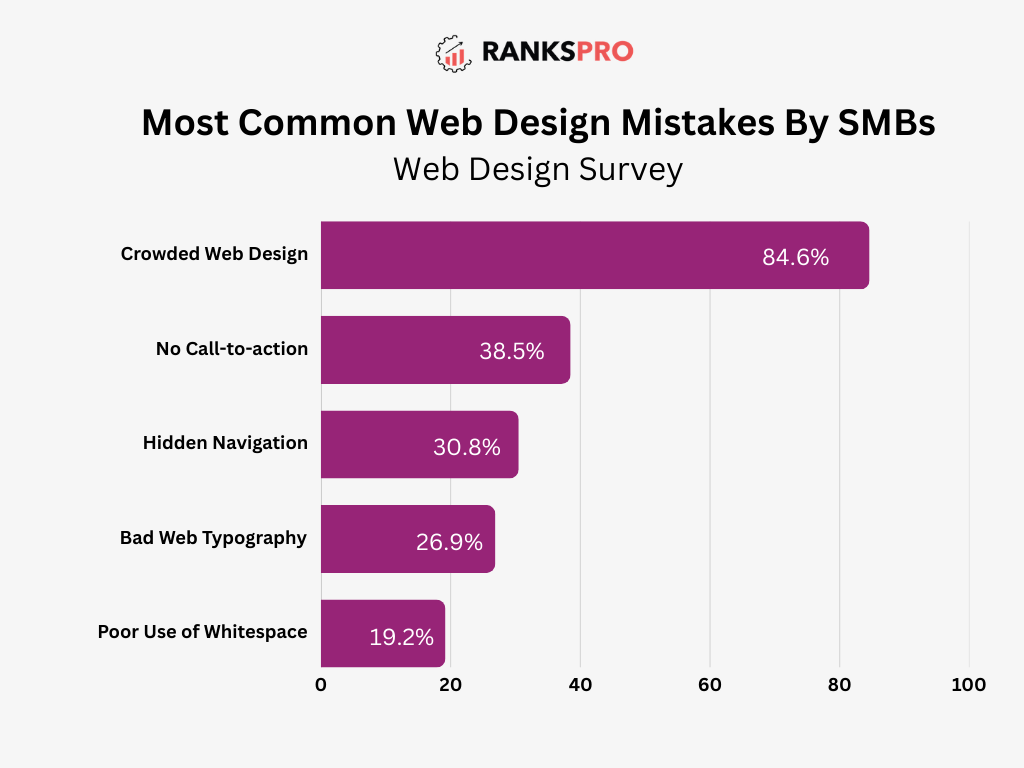
In the process of correcting these issues, there is improved search engine ranking and the experience for your visitors becomes much more enjoyable and engaging. This attracts more conversions and results into higher buying chances and hence increased brand loyalty.
3. Finding technical SEO problems
Hidden technical problems could considerably affect the performance of your website in search results. An SEO audit will analyze your site’s technical infrastructure: crawl errors, indexing, broken links, and wrong redirects are some of the types of issues under its microscope.
Treating these technical errors is crucial because it would allow the search engines to crawl and index your site effectively, giving your site critical visibility.
4. Better content optimization
Content that is king but should also be relevant and engaging and search-optimized. The SEO audit analyzes your working content and identifies ways to expand it- the diagnosis includes keyword optimization, freshness, readability, and quality-checking.
Audit findings help you refine your content approach, enabling you to attract organic traffic and create an impression of your site as a source in your industry.
5. Competitive analysis
The best way not to feel outdated is to investigate the search engine optimization strategies applied by your competitors because no audit of SEO can show you the strengths and weaknesses of your competitors and thus help you find out how you can eat their lunches.
An evaluation of how their keywords, link profiles, and strategies are put together allows you better to refine your own approach to an edge.
What is an SEO Audit?
An SEO audit is a total analysis of your website performance in search engines. It is like a health check-up for your website to check performance factors for better search visibility and ranking.
It is a systematic process considering every crucial detail of a website from technicalities to content quality and user experience in order to find areas that are hindering its performance and possible improvements or matters that need professional expertise.
This comprehensive evaluation provides a clear roadmap for maximizing your website’s potential and attracting a wider audience. This audit will help you to:
- Uncover strengths for success
- Fix critical mistakes with technical SEO
- Find opportunities for easy SEO wins
- Improve user experience to increase engagement
- Boost search visibility higher rankings
A complete website SEO audit allows you to identify bottlenecks in your site’s working and empower you to work on a small strategy toward optimization. Effectiveness of both search engine visibility as well as the user experience will improve, creating wider traffic.
Types of SEO Audit for a Website
1. Technical SEO Audit
This is concerned with the technical characteristics of your website, thereby ensuring that search engines can easily find, index, and understand your content. Matters to be checked include site speed, mobile-friendliness, broken links, crawl errors, XML sitemaps, robots.txt, and structured data.
2. On-Page SEO Audit
Focus on looking at individual web pages with respect to keyword optimization and user-friendliness. It includes title tags, meta description tags, header tags, content quality, keyword density, image optimization, and internal linking.
3. Off-Page SEO Audit
Attention is given to factors affecting your website ranking that are external to the website itself, mainly focusing on your backlink profile. This includes an analysis of the quantity, quality, and relevance of backlinks pointing to your domain, as well as domain authority and social media presence.
4. Content Audit
This assesses the quality, relevance, and effectiveness of content on your website. This will check for keyword optimization and freshness of content, readability and engagement, as well as value to users. May also pinpoint content gaps and opportunities for enhancement.
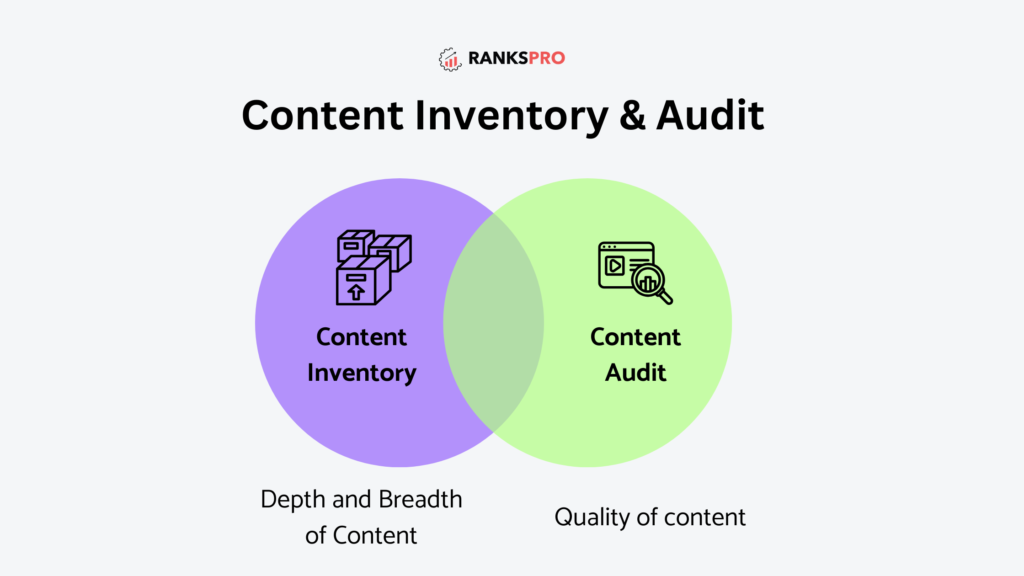
5. Competitors Analysis
Understand your competitor’s strengths and weaknesses regarding SEO by analyzing their practice. You will also learn how they do keyword targeting, backlink profile, content strategy, and overall online presence to give you an idea of how to outrun them.
6. Local SEO Audit
This audit should be done for a business targeting customers from a specific region. It mainly deals with optimizing your Google Business profile, local citations, online reviews and other location-based factors that affect local search results.
15-Pointer SEO Audit Checklist
A comprehensive SEO audit is crucial for identifying areas of improvement and maximizing your website’s visibility in search results. Here’s a detailed checklist covering key elements:
1. Keyword Analysis and Optimization
- Identify Target Keywords: Start by defining your target audience and the keywords they use to search for products or services like yours. With RanksPro’s keyword research tool, you can easily find your keywords in targeted locations.
Here is an example: As you can see “architects in New York” is the base keyword used to find more ideas based on US locations.

- Map Keywords to Pages: Assign specific target keywords to each page on your website. Avoid keyword cannibalization (multiple pages targeting the same keyword).
- On-Page Optimization: Integrate target keywords naturally within your page content, title tags, meta descriptions, headings (H1-H6), image alt text, and URLs.
- Long-Tail Keywords: Focus on long-tail keywords (longer, more specific phrases) to target niche audiences and improve conversion rates.
- Analyze Competitor Keywords: Research your competitors’ keyword strategies to identify opportunities and gaps.
2. Meta Titles and Descriptions Optimization
- Unique and Compelling: Craft unique and compelling meta titles and descriptions for each page. These are the snippets that appear in search results, so make them informative and enticing to encourage clicks.
- Keyword Integration: Include target keywords naturally within your meta titles and descriptions.
- Optimal Length: Keep meta titles under 60 characters and meta descriptions under 160 characters to avoid truncation in search results.
- Accurate Representation: Ensure your meta descriptions accurately reflect the content of the page.
- Call to Action: Consider including a call to action in your meta descriptions to encourage users to click through to your website.
3. Mobile-Friendliness and UX Improvements
- Mobile-First Indexing: Google primarily uses mobile versions of websites for indexing and ranking. Ensure your website is fully responsive and provides a seamless experience on all devices.
- Mobile-Friendly Test: Use Google’s Mobile-Friendly Test tool to identify and fix any mobile usability issues.
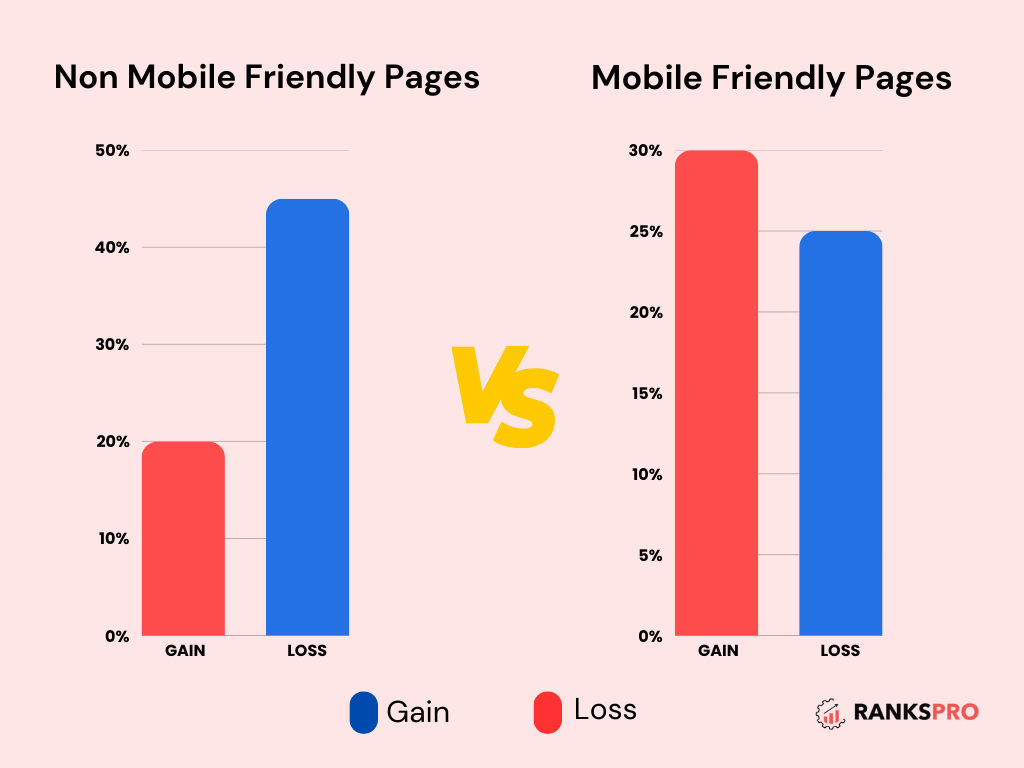
- UX Optimization: Improve user experience by ensuring easy navigation, clear calls to action, intuitive site structure, and a visually appealing design.
- Touchscreen Compatibility: Ensure your website is easy to navigate and interact with on touchscreens.
4. Content Quality and Relevancy Checks
- High-Quality Content: Create informative, engaging, and valuable content that satisfies user intent. Avoid or remove duplication and thin content from your website.
- Keyword Relevance: Ensure your content is relevant to your target keywords and provides comprehensive information on the topic.
- Content Freshness: Regularly update your content to keep it fresh and relevant. This signals to search engines that your website is active and up-to-date.
- Content Structure: Use headings, subheadings, bullet points, and images to break up your content and make it easier to read.
- Internal and External Linking: Link to relevant internal pages within your website and authoritative external sources.
5. Crawlability and Indexing Analysis
- XML Sitemap: Ensure you have an up-to-date XML sitemap submitted to Google Search Console. This helps search engines discover and crawl your pages.
- Robots.txt: Review your robots.txt file to ensure it’s not blocking important pages from being crawled.
- Crawl Errors: Check Google Search Console for crawl errors and fix any issues that are preventing search engines from accessing your content.

- Indexing Issues: Check Google Search Console to see which pages are indexed and which are not. Address any indexing issues to ensure all your important pages are being indexed.
6. Page Speed and Core Web Vitals
- Page Speed Optimization: Optimize page loading speed by compressing images, minifying CSS and JavaScript, leveraging browser caching, and using a Content Delivery Network (CDN).
- Core Web Vitals: Focus on improving Core Web Vitals (Largest Contentful Paint, First Input Delay, Cumulative Layout Shift) to provide a better user experience and improve search rankings. Use tools like Google PageSpeed Insights and Chrome DevTools to analyze and optimize these metrics.
7. Internal Linking and URL Optimization
- Strategic Internal Linking: Link strategically between relevant pages within your website to improve site navigation, distribute link equity, and help search engines understand the structure of your website.
- Descriptive Anchor Text: Use descriptive anchor text for internal links to provide context to search engines and users.
- URL Structure: Use short, descriptive URLs that are easy to read and understand. Avoid using parameters or special characters in your URLs.
- HTTPS: Ensure your website is secured with HTTPS. HTTPS is a ranking factor.
8. Local SEO Auditing
- Google Business Profile: Optimize your Google Business profile with accurate business information, photos, and customer reviews.
- Local Citations: Ensure your business is listed in relevant online directories with consistent NAP (Name, Address, Phone number) information.
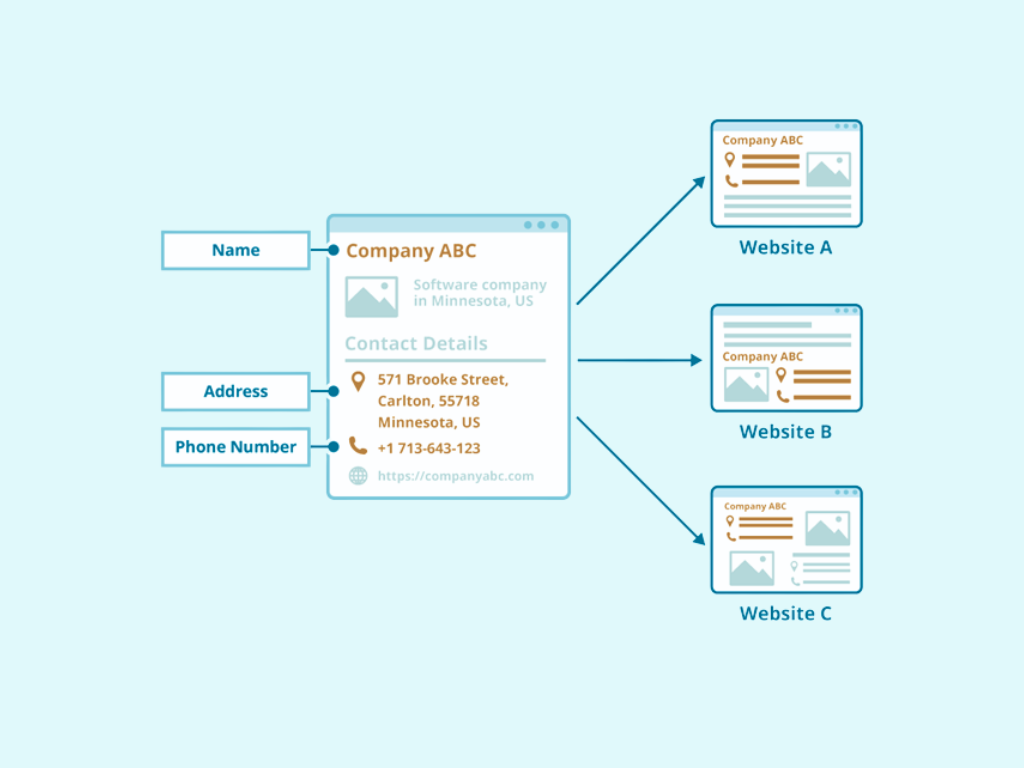
- Local Keywords: Target local keywords in your website content and GMB profile.
- Online Reviews: Encourage customers to leave positive reviews on Google and other relevant platforms.
9. Backlink Gap Optimization
- Backlink Analysis: Analyze your backlink profile to identify the quantity, quality, and relevance of backlinks pointing to your website.
- Competitor Backlink Analysis: Analyze your competitors’ backlink profiles to identify opportunities to acquire high-quality backlinks.
- Backlink Gap: Identify the backlink gap between your website and your competitors. Focus on acquiring backlinks from authoritative sources that your competitors are also linking to.
- Link Building Strategies: Develop effective link building strategies to acquire high-quality backlinks, such as guest blogging, content marketing, and broken link building.
10. Image and Visual Media Optimization
- Image Optimization: Optimize images by compressing them, using descriptive file names, and adding relevant alt text.
- Image Sitemap: Create an image sitemap to help search engines discover and index your images.
- Visual Content: Use high-quality images and videos to enhance your content and engage users.
11. Structured Data Implementation
- Schema Markup: Implement schema markup to provide search engines with more information about your content. This can improve your website’s visibility in search results and enable rich snippets.
- Structured Data Testing Tool: Use Google’s Structured Data Testing Tool to validate your schema markup and ensure its implemented correctly.
12. AI Overviews and Featured Snippets
- Content Optimization for Featured Snippets: Optimize your content to target featured snippets by providing concise and informative answers to common questions in your industry. Use clear headings, bullet points, and tables to structure your content.
- Analyze Featured Snippet Opportunities: Identify keywords and topics where you have the potential to earn featured snippets.
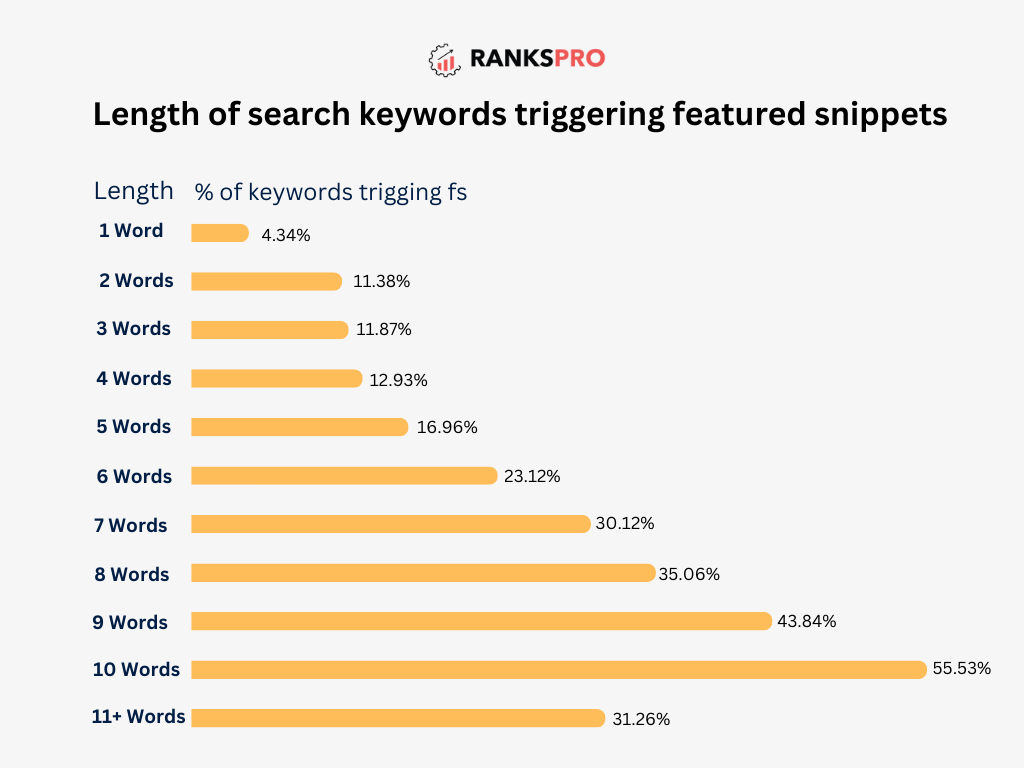
- Monitor AI Overviews: Keep track of how AI overviews are presenting information related to your business and industry. Ensure your website’s information is accurate and up-to-date.
13. Competitor Analysis and Tracking
- Identify Key Competitors: Finding your competitors and doing an analysis on them is a crucial part of an SEO audit. These are the websites that are ranking for the same keywords you’re targeting.
- Keyword Research: Analyze your competitors’ keyword strategies. What keywords are they ranking for? Are there any keyword gaps you can exploit?
- Backlink Analysis: Examine your competitors’ backlink profiles. Where are they getting their backlinks from? What is the quality of their backlinks?
- Content Analysis: Review your competitors’ content. What topics are they covering? What is the quality and depth of their content?
- Technical SEO Analysis: Analyze the technical SEO of your competitors’ websites. Are there any technical issues they are facing?
- Social Media Analysis: Track your competitors’ social media presence. What platforms are they active on? What is their engagement like?
- Rank Tracking: Monitor your competitors’ rankings for your target keywords. This will help you understand how your website is performing in comparison.
14. Sitemap Optimization
- XML Sitemap Creation: Create an XML sitemap of your website. This acts as a roadmap for search engines, helping them discover and index all your important pages.
- Sitemap Submission: Submit your XML sitemap to Google Search Console and Bing Webmaster Tools.
- Sitemap Validation: Ensure your XML sitemap is valid and doesn’t contain any errors.
- Sitemap Updates: Regularly update your XML sitemap whenever you add new pages or make changes to your website structure.
- HTML Sitemap (Optional): Consider creating an HTML sitemap for users, especially for larger websites. This provides a user-friendly overview of your website’s structure.
- Prioritize Important Pages: Ensure your most important pages are included in your XML sitemap and are easily accessible to search engines.
15. HTTPS and Security Checks
- HTTPS Implementation: Ensure your website is secured with HTTPS (Hypertext Transfer Protocol Secure). HTTPS is a ranking factor and provides a secure connection for users.
- SSL Certificate: Verify that your SSL certificate is valid and up-to-date.
- Mixed Content Issues: Check for mixed content issues (HTTP resources on an HTTPS page) and resolve them. These can create security vulnerabilities.
- Security Headers: Implement security headers (e.g., Content Security Policy, HSTS) to enhance your website’s security.
- Vulnerability Scanning: Regularly scan your website for security vulnerabilities using tools like Qualys SSL Labs or security-focused crawlers.
- Malware Scanning: Ensure your website is free from malware. Use website security scanners and regularly check Google Search Console for any malware warnings.
- Secure Coding Practices: If you have developers working on your website, ensure they follow secure coding practices to prevent vulnerabilities.
- Regular Security Audits: Conduct regular security audits to identify and address any potential security risks. This is an ongoing process.
Leverage RanksPro’s Site Audit Tool for Necessary Optimizations
SEO audit is a crucial part of your digital marketing strategy that highlights factors that need to be optimized and tracked. This comprehensive guide will help you run SEO audits to enhance your website’s performance and leverage higher visibility and rankings.
However, having a reliable SEO audit tool by your side can do wonders! With RanksPro, get the most out of your website in the online world through their various SEO auditing tools.
Acquire insightful recommendations that lead the way to changes needed to raise search engine rankings successfully and increase organic traffic.
RanksPro includes a comprehensive range of really powerful features such as:
- On-Page SEO health check: Get into the core aspect of on-page optimization in your web pages. Areas include title tags, meta description, header tags, keywords in proper usage, synonym usage in content quality, etc.
- Backlink Profile Analysis: Understand the entire backlink profile of your site. Analyze the quality, quantity, and relevancy of backlinks pointing to your site. Spot some harmful backlinks, and identify potential areas for building quality links from authority sources.
- Competitor tracking and gap analysis: Compare your website with the competing websites. Compare their backlinks, keywords, and on-page optimization strategies. Find opportunities to outrank them and create leverage over them in search.
- Keyword Performance Tracking: Keep an eye on how your target keywords are performing, their ranking in search results, trends in search volume, and find new opportunities. Based on your research, modify your content approach to prioritize the most relevant and valuable keywords.
- Site Load Speed Tracking: Review the loading speed of your website and identify areas that can be improved. Optimize images, minify CSS and JavaScript files, and utilize browser caching to reduce page load times and improve the user’s experience.
- Tracking SEO problems: Optimize tracking for those critical SEO issues that are affecting the performance of your website. From crawl errors and broken links to indexing issues and mobile usability problems, RanksPro helps you identify these and promptly resolve them.
- Real-time suggestions: Get suggested modifications and recommendations for improving your website’s SEO while the changes are still on your screen in real time. RanksPro aims to provide actionable insights and recommendations to enable you to put in place strategies to enhance visibility and organic traffic.
With RanksPro, you will find everything you need to carry out a full-blown SEO audit and effective strategies to improve your website performance. Be in charge of your SEO and drive meaningful results with RanksPro.


